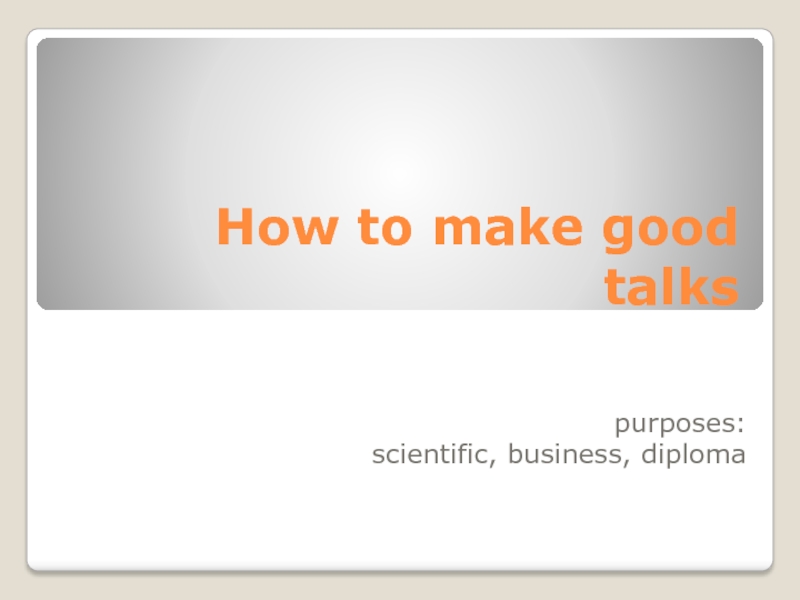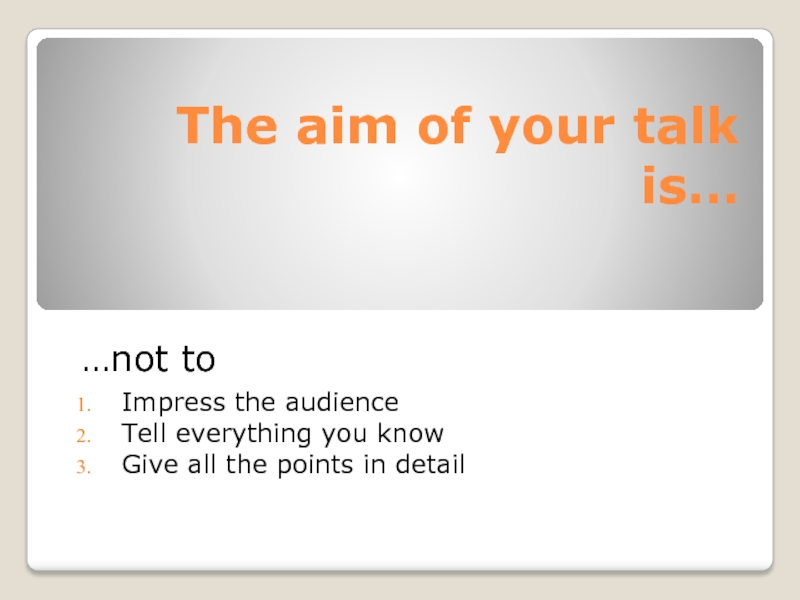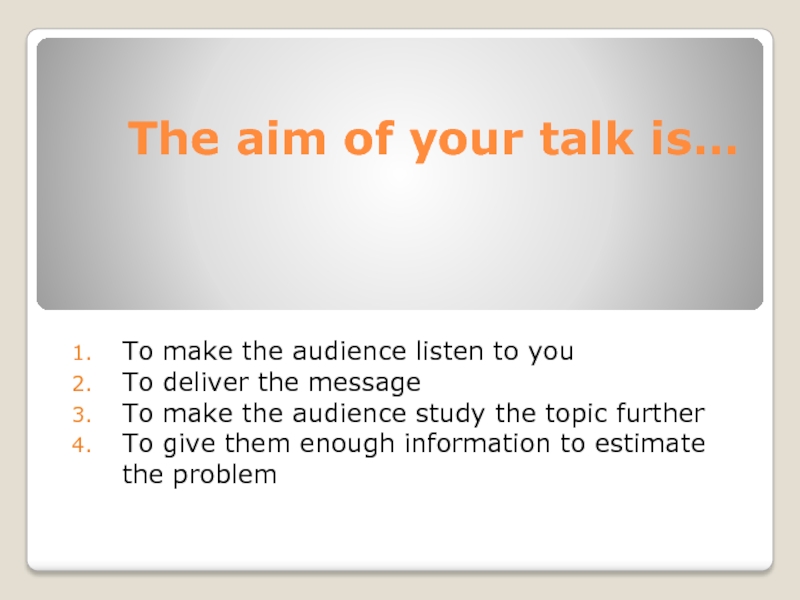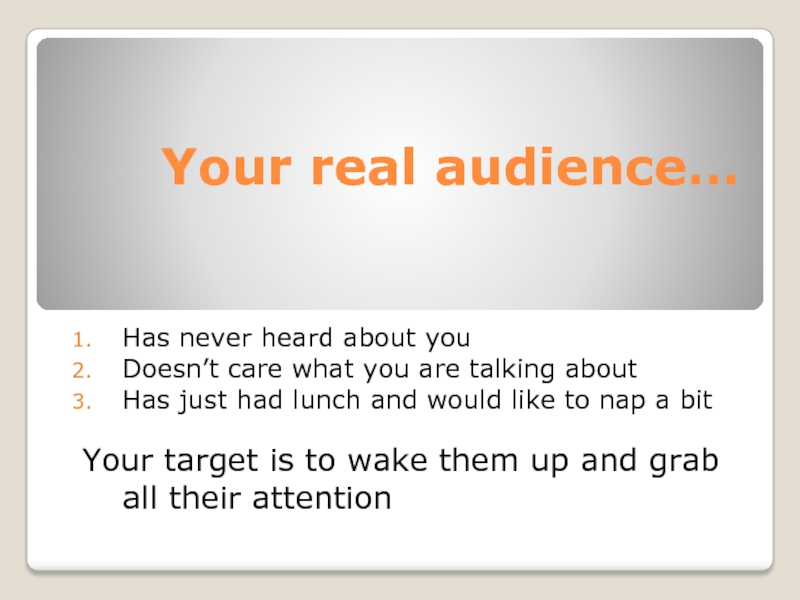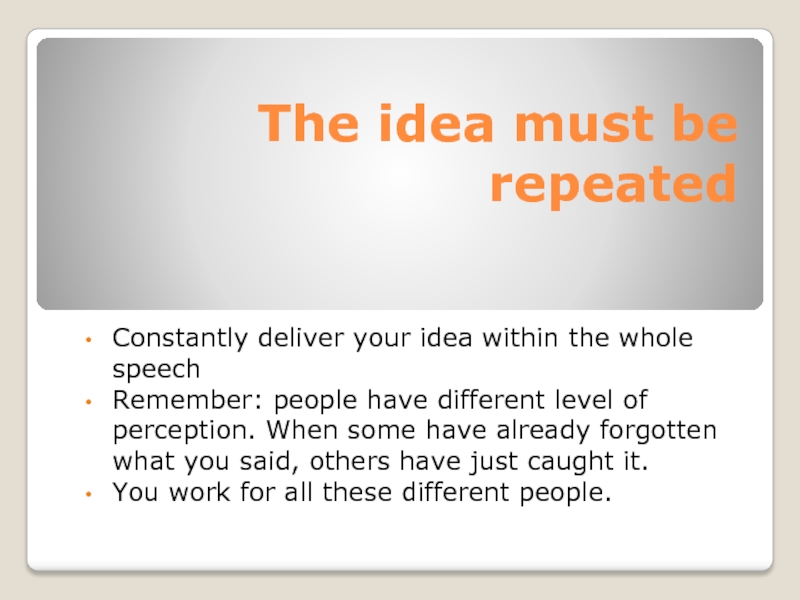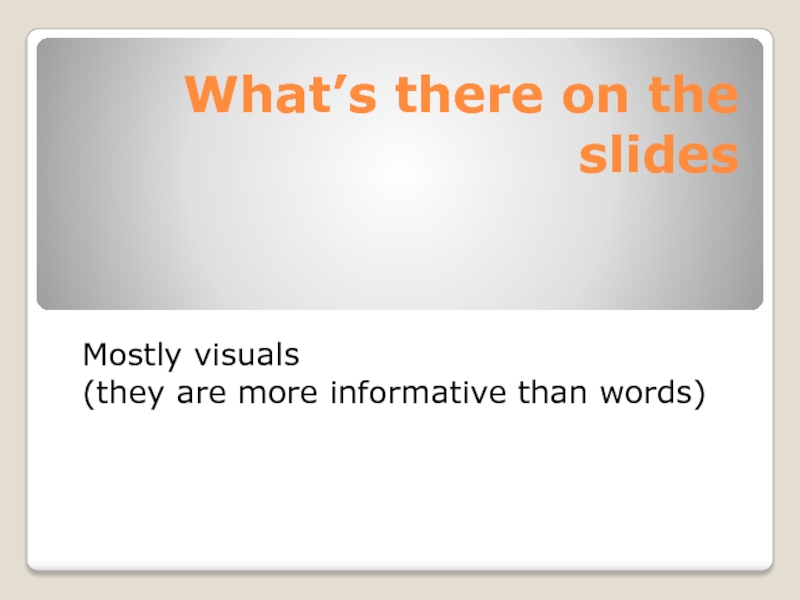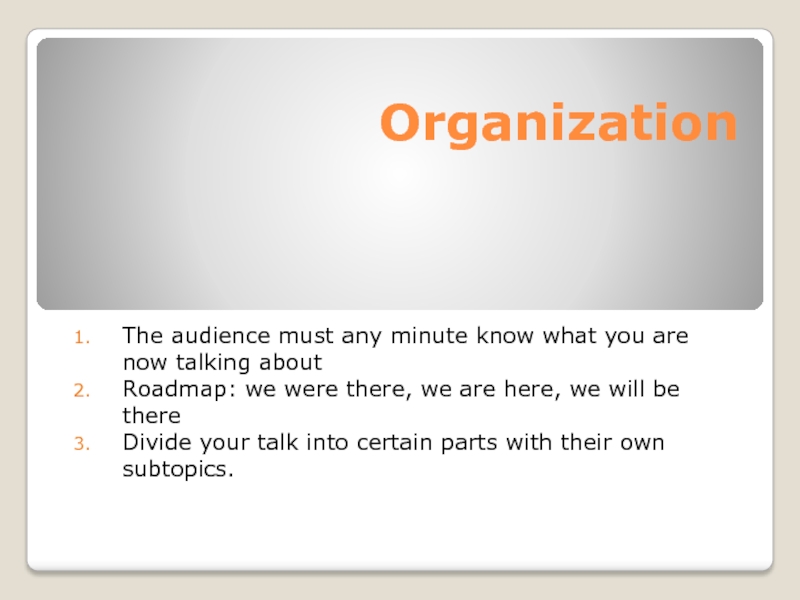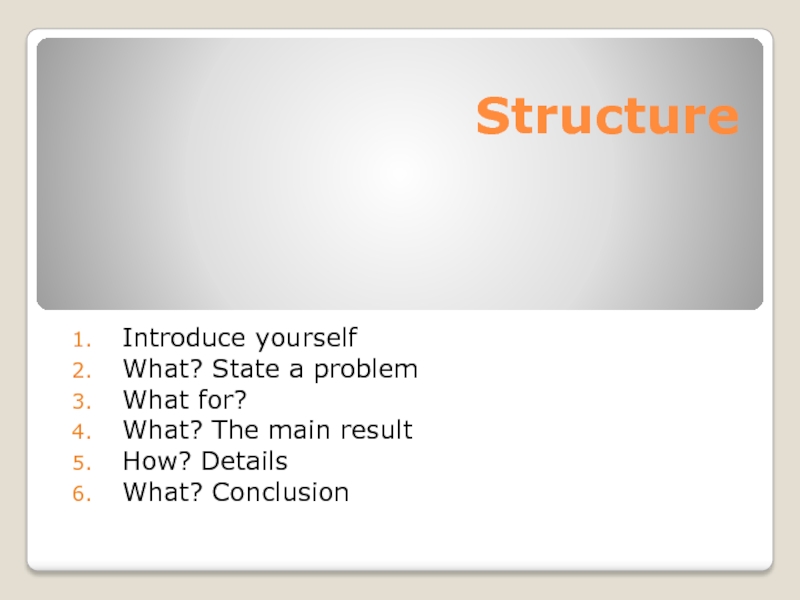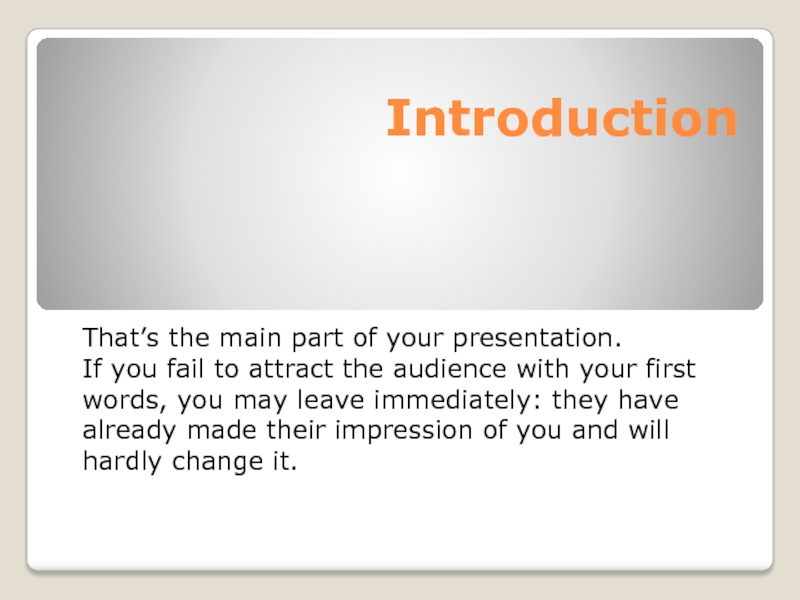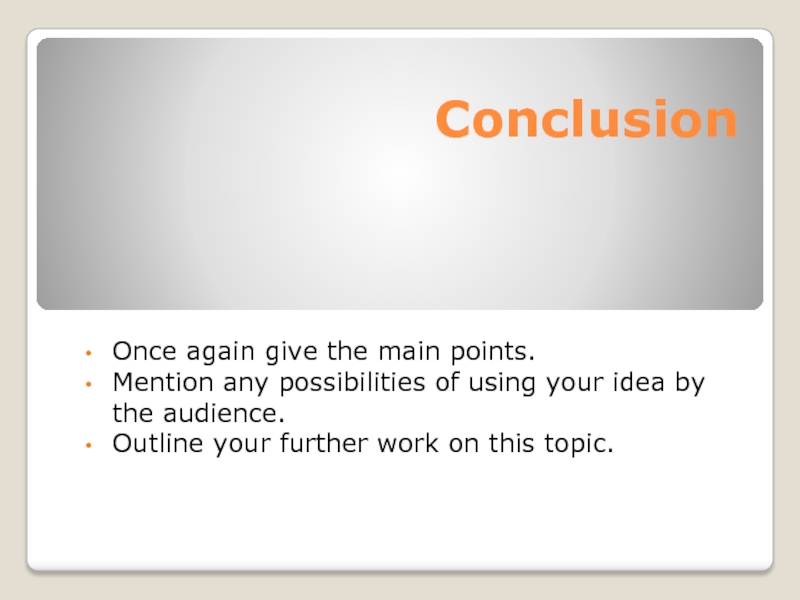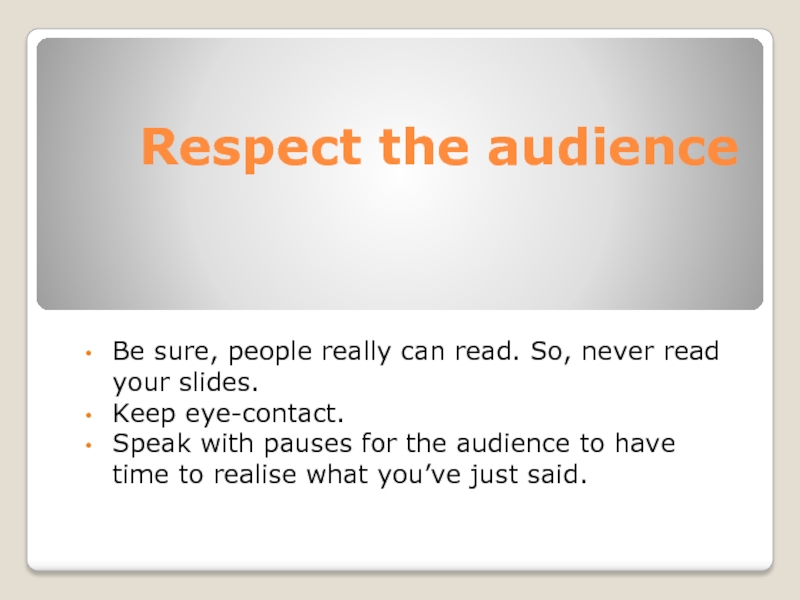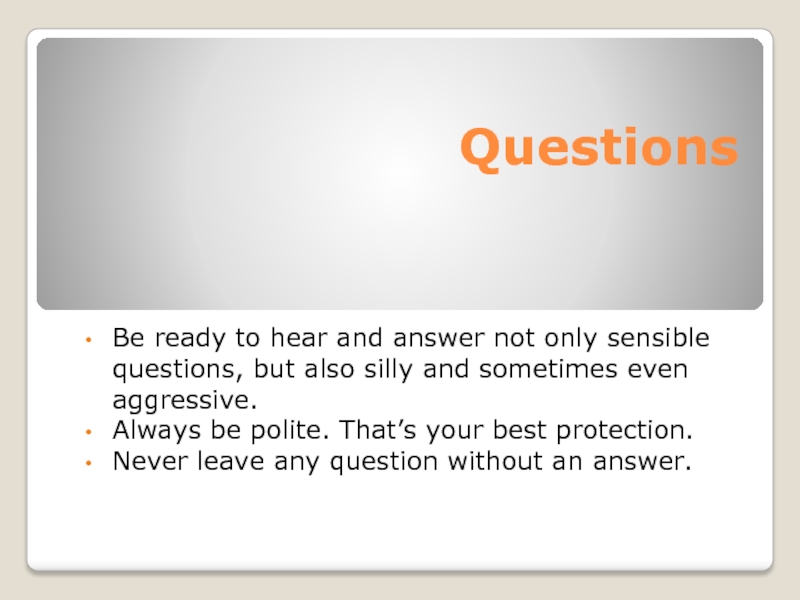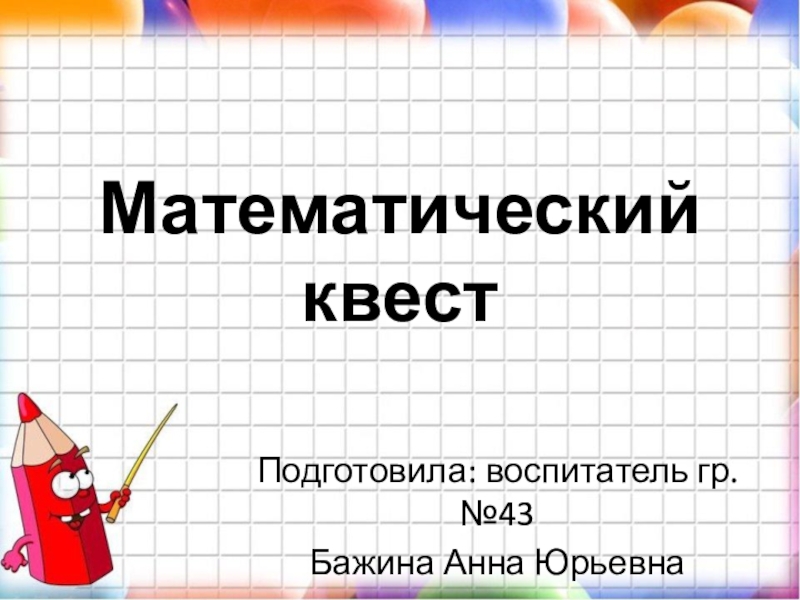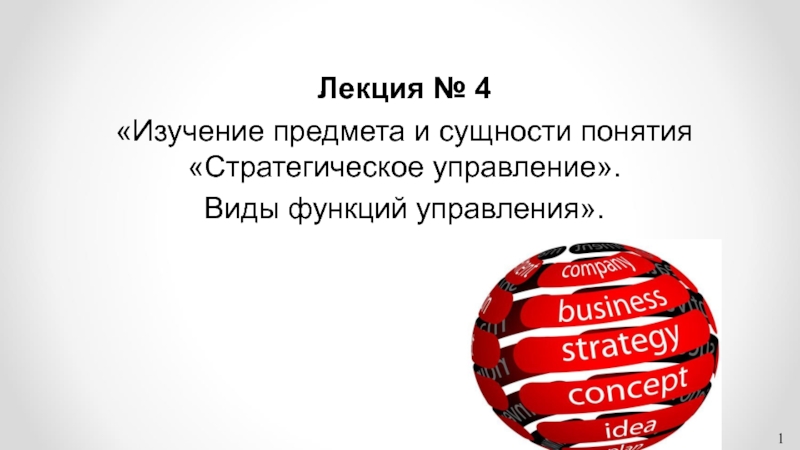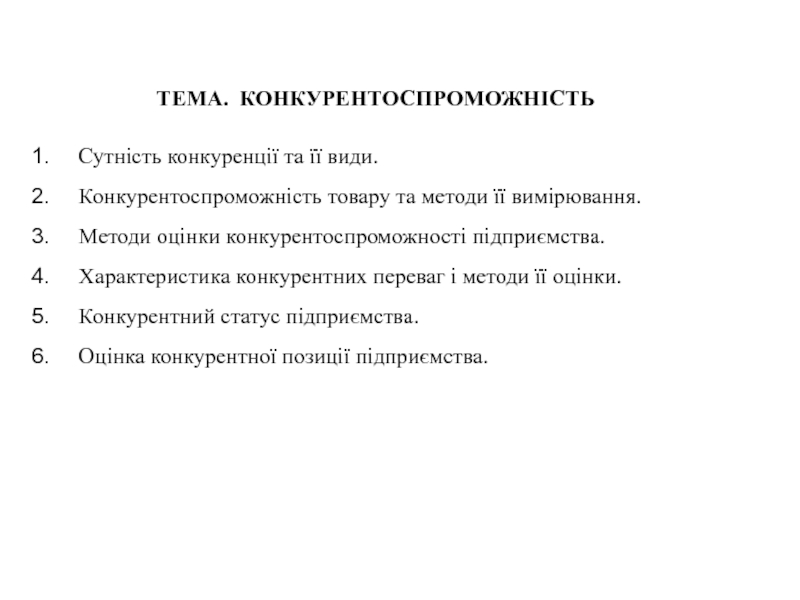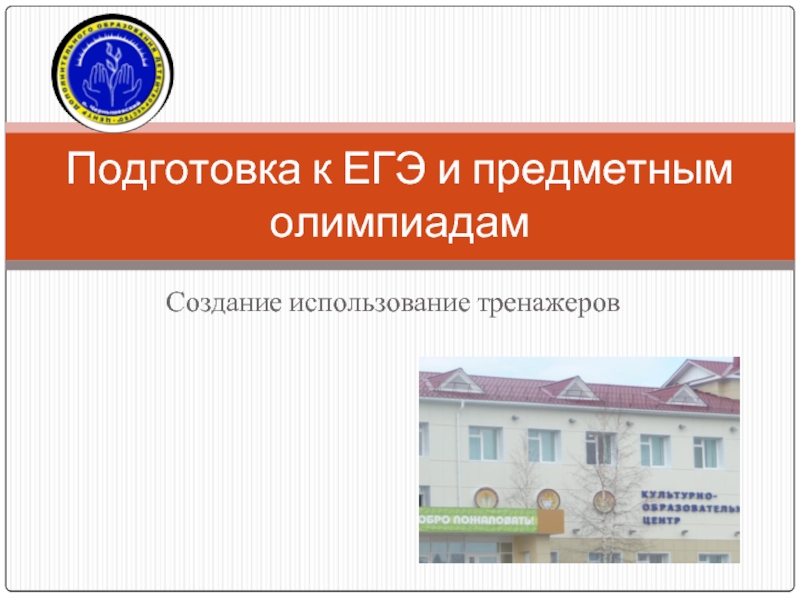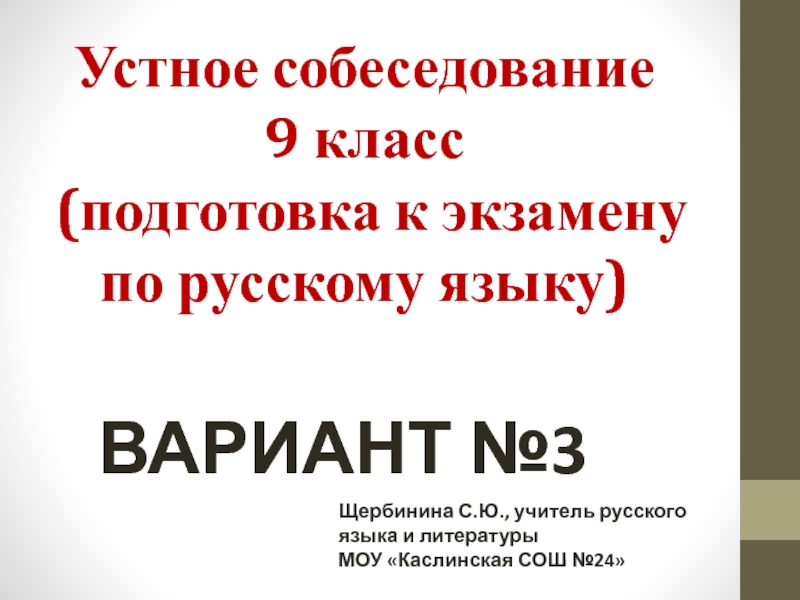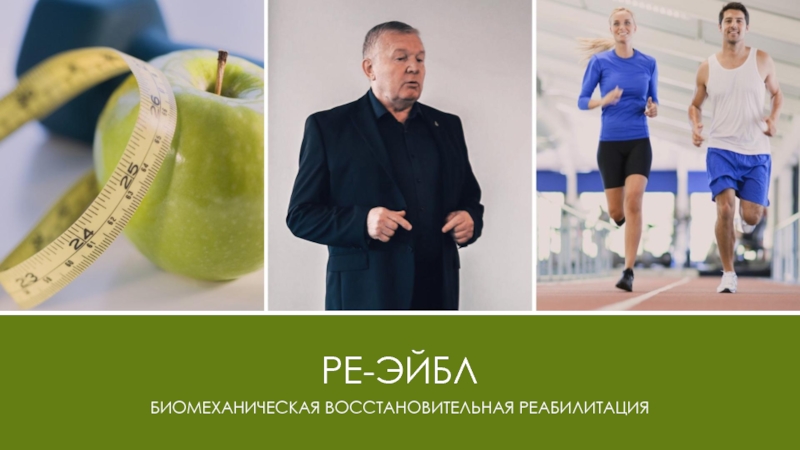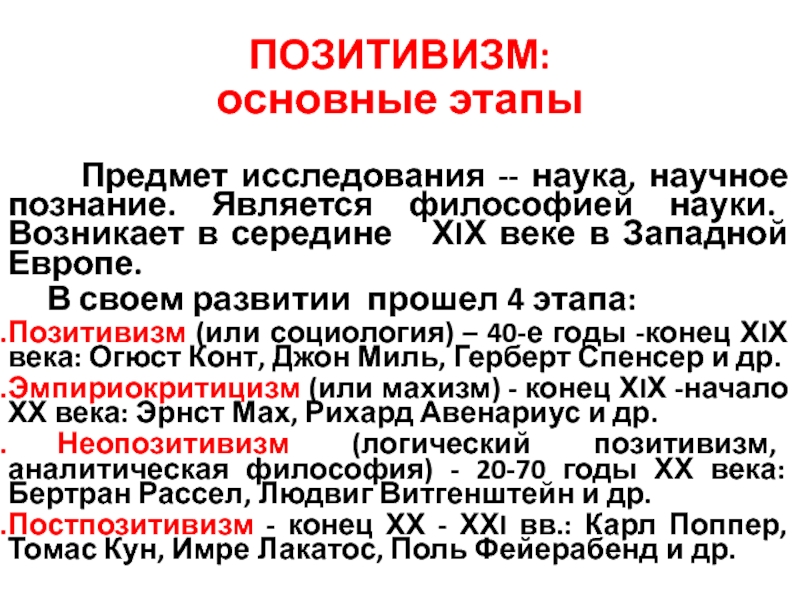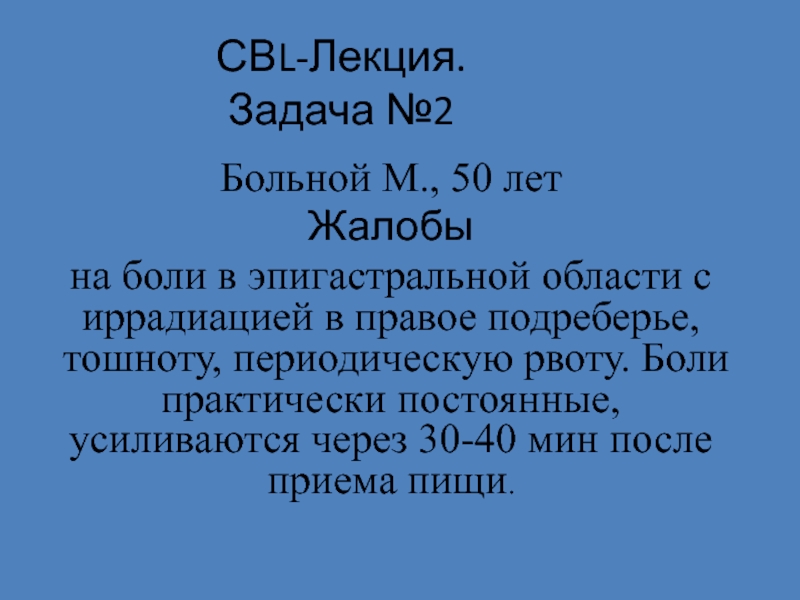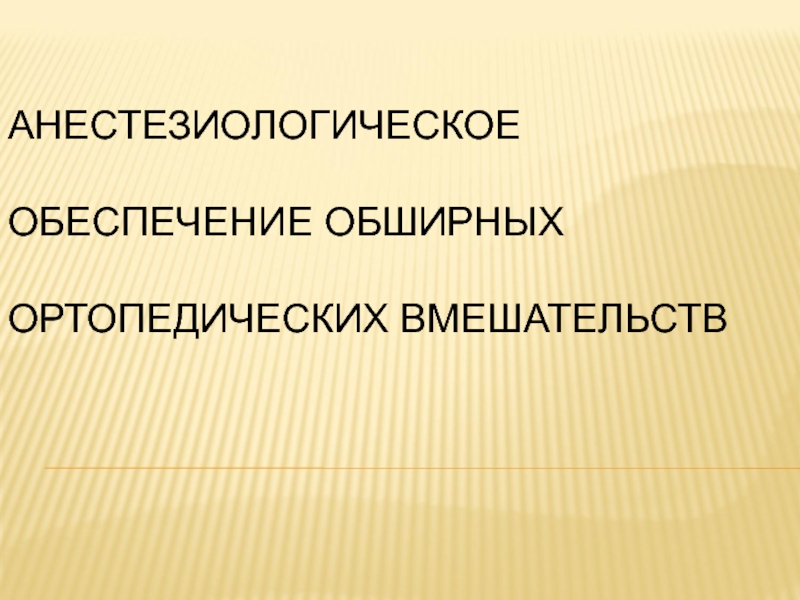Слайд 1How to make good talks
purposes:
scientific, business, diploma
Слайд 2Communication is a part of scientific work
Even greatest ideas are
useless if you don’t share them.
Thanks to your talks:
your ideas
are formed
you communicate them to others
you get feedbacks
you meet new people
you get new ideas
ALWAYS try to go on stage with your ideas no matter how minor they may seem to you!
Слайд 3Is it necessary to learn how to give a talk?
Many
think there’s no sense in learning a good style of
presentations. Just get ready with slides, list results, give a conclusion and answer questions.
It’s easy!!!
But is it???
Only very few people can give a good talk even if they have what to say!
Слайд 4Preparation of a good talk
To prepare a one-minute talk requires
several hours of pre-work
what is the purpose of it?
what to
include (what –not)?
what sort of slides do I need?
how to give my talk?
Слайд 5The aim of your talk is…
…not to
Impress the audience
Tell everything
you know
Give all the points in detail
Слайд 6The aim of your talk is…
To make the audience listen
to you
To deliver the message
To make the audience study the
topic further
To give them enough information to estimate the problem
Слайд 7Your real audience…
Has never heard about you
Doesn’t care what you
are talking about
Has just had lunch and would like to
nap a bit
Your target is to wake them up and grab all their attention
Слайд 8The idea must be repeated
Constantly deliver your idea within the
whole speech
Remember: people have different level of perception. When some
have already forgotten what you said, others have just caught it.
You work for all these different people.
Слайд 9Your preparation
Your first steps are:
Select only one main idea
Try to
understand what the audience wants from you
State the aim of
your talk
Make a clear structure of your presentation
Слайд 10Number of slides
One slide – one minute
Ten minutes of your
talk – ten or twelve slides
Слайд 11What’s there on the slides
Mostly visuals
(they are more informative
than words)
Слайд 12Simplicity
Explain your idea in a few words so that everyone
could understand it
Support your words with slides
Address to the whole
audience but not a part of it.
Слайд 13 Organization
The audience must any minute know what you are
now talking about
Roadmap: we were there, we are here, we
will be there
Divide your talk into certain parts with their own subtopics.
Слайд 14Structure
Introduce yourself
What? State a problem
What for?
What? The main result
How?
Details
What? Conclusion
Слайд 15Introduction
That’s the main part of your presentation.
If you fail
to attract the audience with your first words, you may
leave immediately: they have already made their impression of you and will hardly change it.
Слайд 16Main idea
Decide what the audience must “take” from your speech
and what just may. Never let them choose this main
idea by themselves. You are the only leader here. They are just your guests, so you must entertain them but rule the holiday as you want it.
Слайд 17Remember:
You know perfectly well what you are talking about. The
audience may hear about it for the first time.
Give examples.
Emphasize
the most important points with the help of your voice, intonation, signal words.
Слайд 18Conclusion
Once again give the main points.
Mention any possibilities of using
your idea by the audience.
Outline your further work on this
topic.
Слайд 19Don’ts
I didn’t have enough time to…
I had some problems with
my computer…
I have now time to tell you about it.
I’m
not sure you’ll catch…
I suppose that’s a wrong place to tell about…
Слайд 20Enthusiasm…
“Nothing important would be obtained without enthusiasm” Ralf Emerson
If you
don’t adore your presentation, don’t expect it from your audience.
Always
smile and be positive.
Don’t be shy.
The audience always feels the mood and confidence of the speaker.
Слайд 21Do’s
Learn not the speech but only the plan of it.
Speak
loudly, clearly, not to yourself but to the audience.
Speak at
a natural pace.
Use gestures and move.
Слайд 22Respect the audience
Be sure, people really can read. So, never
read your slides.
Keep eye-contact.
Speak with pauses for the audience to
have time to realise what you’ve just said.
Слайд 23Questions
Be ready to hear and answer not only sensible questions,
but also silly and sometimes even aggressive.
Always be polite. That’s
your best protection.
Never leave any question without an answer.
Слайд 24Finish
Clearly point out the end of your speech.
Thank everyone for
attention.
State your main idea once again.
If time is over, move
to the conclusion. Apologise for not coping with time.
Never try to give the whole presentation when the time is over: the audience is tired and won’t listen to you.
